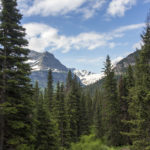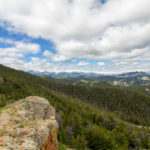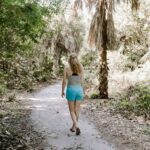These beautiful North Dakota badlands are home to more wildlife than I’ve ever seen in any other national park I’ve visited. Huge herds of bison roam the landscape, wild horses run free, and large prairie dog villages can be found throughout.
The breathtaking overlooks and viewpoints make you realize why this area inspired Theodore Roosevelt to create our National Park System. Geological formations such as Cannonball Concretions are unique to the park. There’s no shortage of things to do or sights to see when visiting.
The historical imprint Theodore Roosevelt made here can still be experienced to this day by exploring his old ranch and cabin. After one visit to this incredible park, you’ll understand why our former president’s life was changed forever by this sacred space.
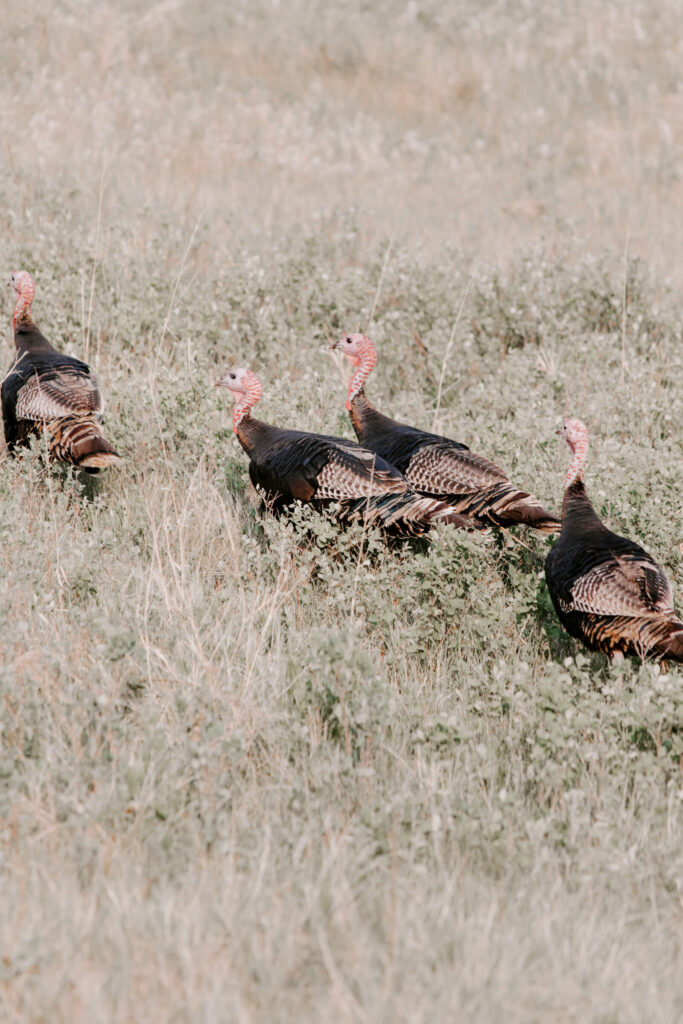
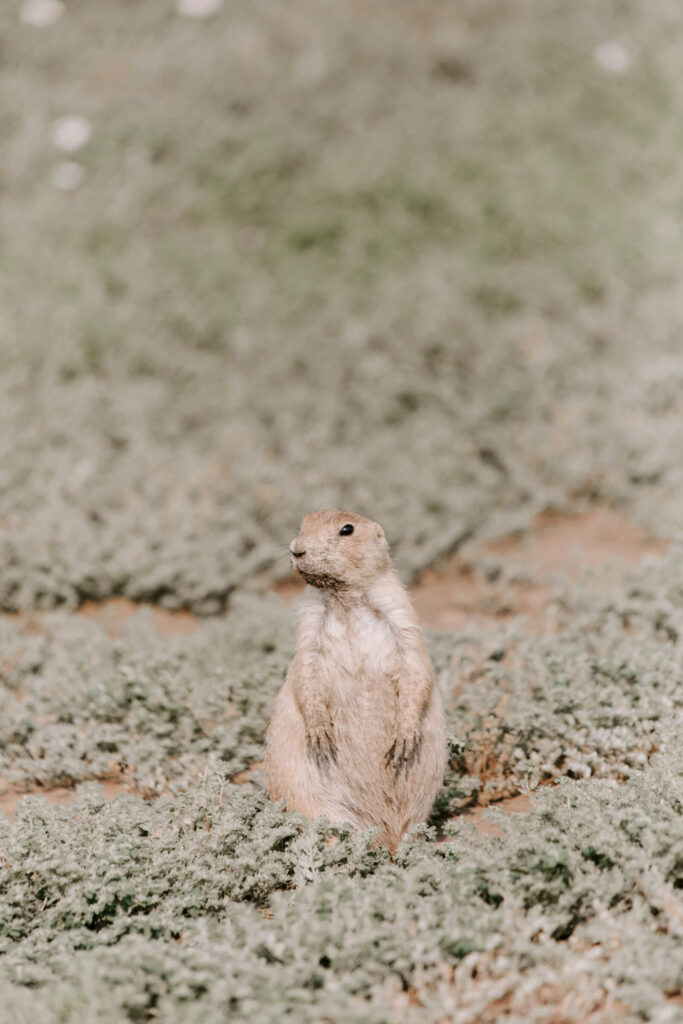
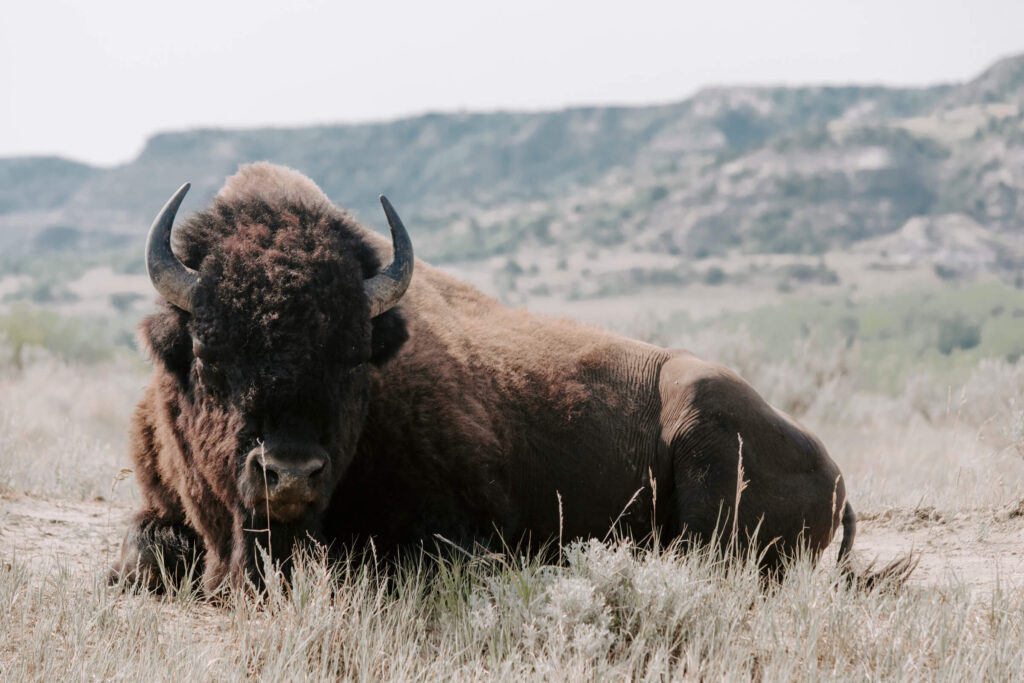
What You Need to Know Before Visiting
Location:
Medora, ND 58645
Phone:
(701) 623-4466
Website:
nps.gov/thro
Size:
70,447 Acres
Annual Visitors:
580,000
Park Hours:
All-day, every day
Entrance Fee:
$20/vehicle, $10/individual (foot, bike, etc)
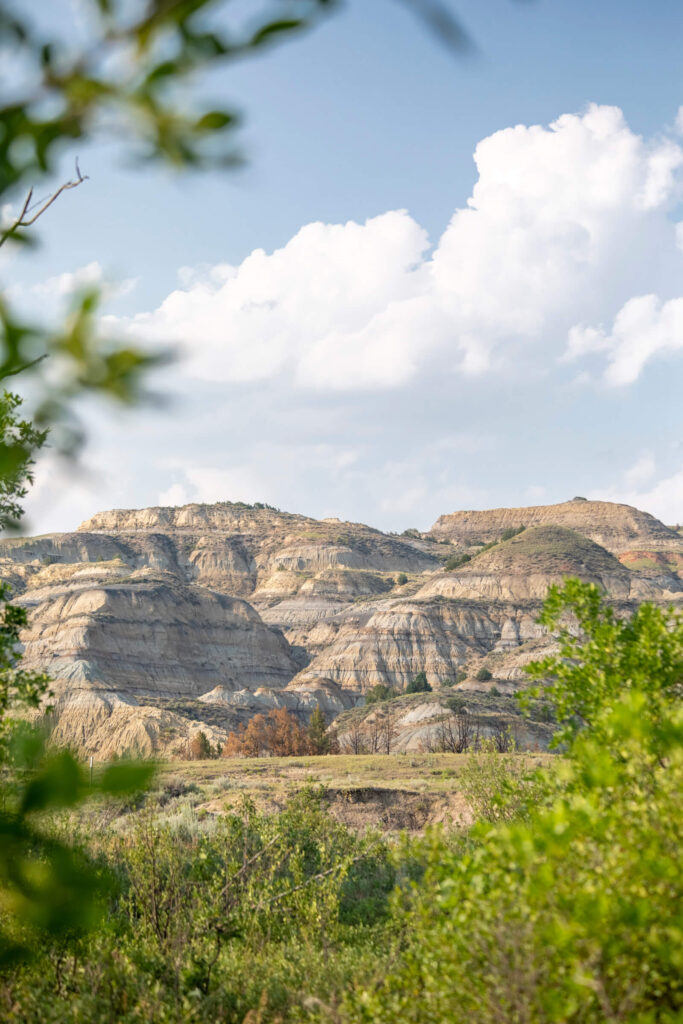
When to Visit
The best times to visit this park are spring, early summer, and fall. July to August tend to reach hotter temperatures (it was over 100 degrees while we visited), and with little opportunities for shade in the park, it’s best to visit when it’s cooler.
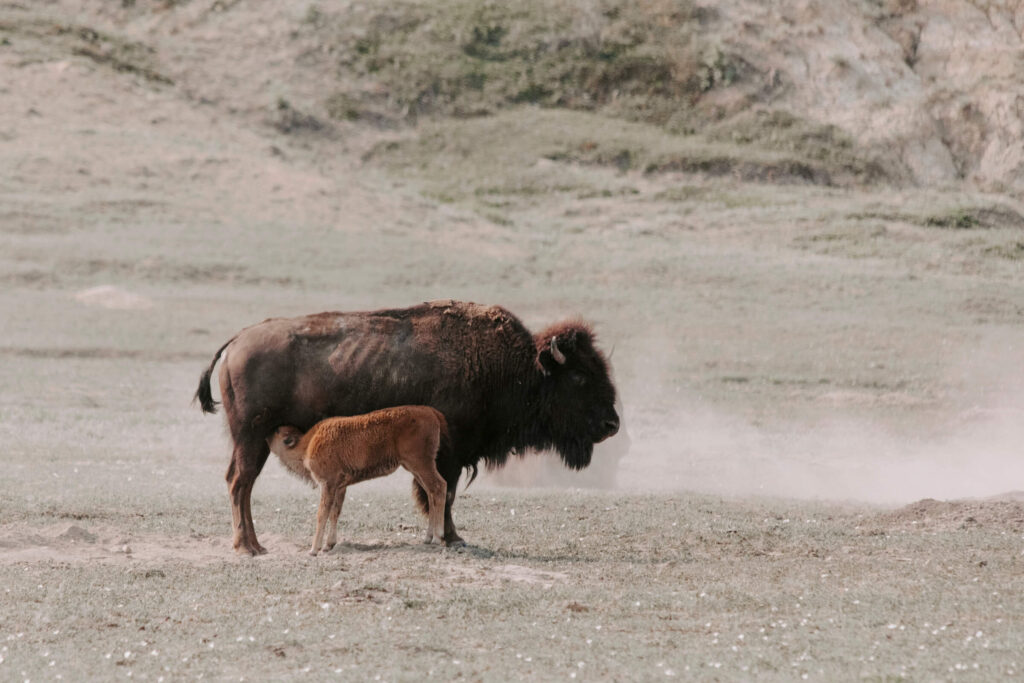
Entering and Traveling Through
Airports: Bismarck Municipal Airport is the largest and easiest to travel through. It’s located about 137 miles from the South Unit of the park. Dickinson Theodore Roosevelt Airport is a small airport about 37 miles away. Sydney-Richland Airport is the closest airport to the North Unit (about 100 miles away).
Driving: The park is separated into a North and South unit, located about 69 miles apart. The entrance to the North Unit is off of US-85. The South Unit entrance is located in Medora, off of I-94. There is a stunning scenic drive located in each unit.
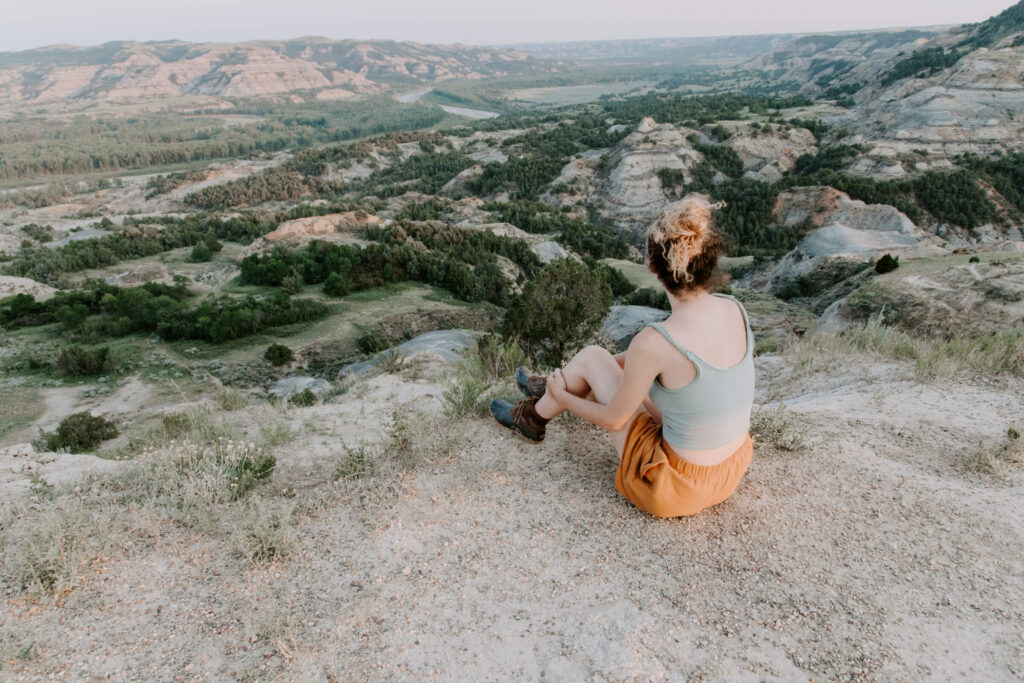
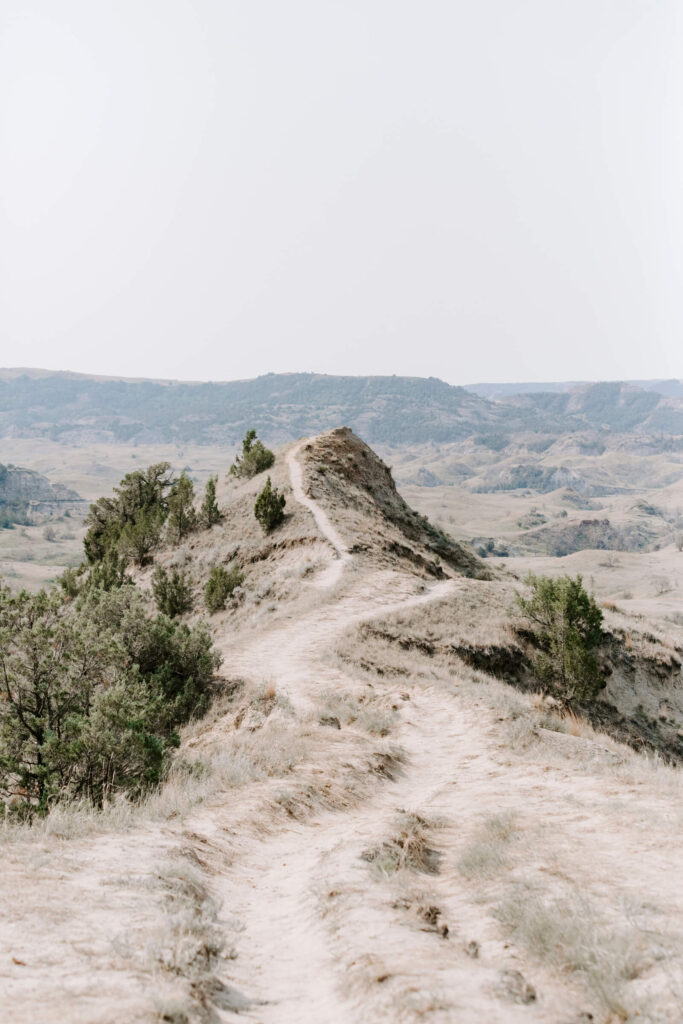
What to Do
Hiking: There are many trails to explore in both the North and South Unit.
- South Unit: Painted Canyon (2.1 mi), Painted Canyon Nature Trail (.9 mi), Lone Tree Loop (12.8 mi), Lower Paddock Creek (3.6 mi), Jones Creek (3.5 mi), Wind Canyon Loop (.4 mi), Petrified Forest Loop (16 mi), Lower Talkington (4.1 mi), Buck Hill (.1 mi), Coal Vein Loop (.8 mi), Upper Paddock Creek (6.5 mi), and Ridgeline Nature (.6 mi).
- North Unit: Buckhorn Loop (11.4 mi), Little Mo (1.1 mi), Sperati (1.5 mi), Upper Caprock Coulee Nature Trail (4.3 mi), and Achenbach Loop (18 mi).
- There’s also the Maah Daah Hey trail- a 96-mile trail connecting the North and South Units.
Paddling: Float trips down the Little Missouri River offer a unique perspective of the park. It takes around 5 days to paddle the entire 107.5 mi from the South Unit to the North. May and June are the recommended times to do this, with spring rains creating ideal conditions.
Biking: All roads are open for biking throughout the park.
Winer Activities: Theodore Roosevelt once said- “All life in the wilderness is so pleasant… a trip on snow-shoes through the silent, mysterious fairy-land of woods in winter…” Snow arrives in this park around October and can stay until April. This area receives about 30 inches of snow a year. While there are no designated, paved paths for cross-country skiing, guests are permitted to blaze their own trails. Always check the weather and trail conditions beforehand.
Ranger Programs: There are many ranger-led activities in the park including guided hikes, geology talks, tours of Roosevelt’s cabin, and evening programs.

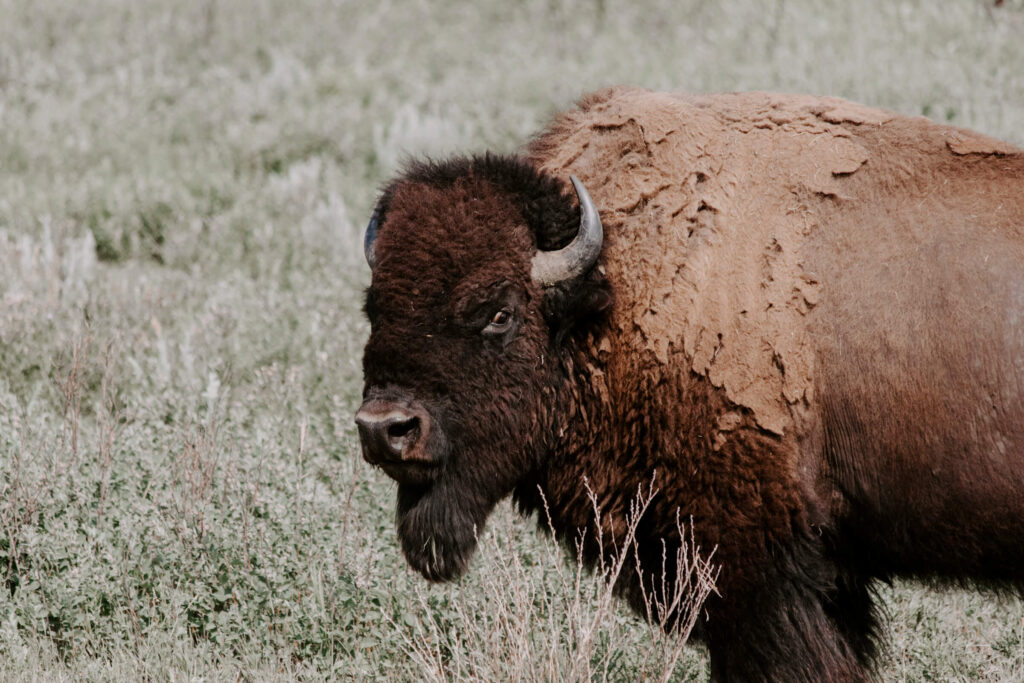
Where to Stay
Camping: There is a campground in each unit (two campgrounds total). Cottonwood (76 sites) is located in the South Unit and Juniper (50 sites) in the North Unit.
Lodging: There is no lodging available in the park.
Places to stay nearby: There are plenty of hotels to stay at in the town of Medora, where the entrance to the South Unit is located.
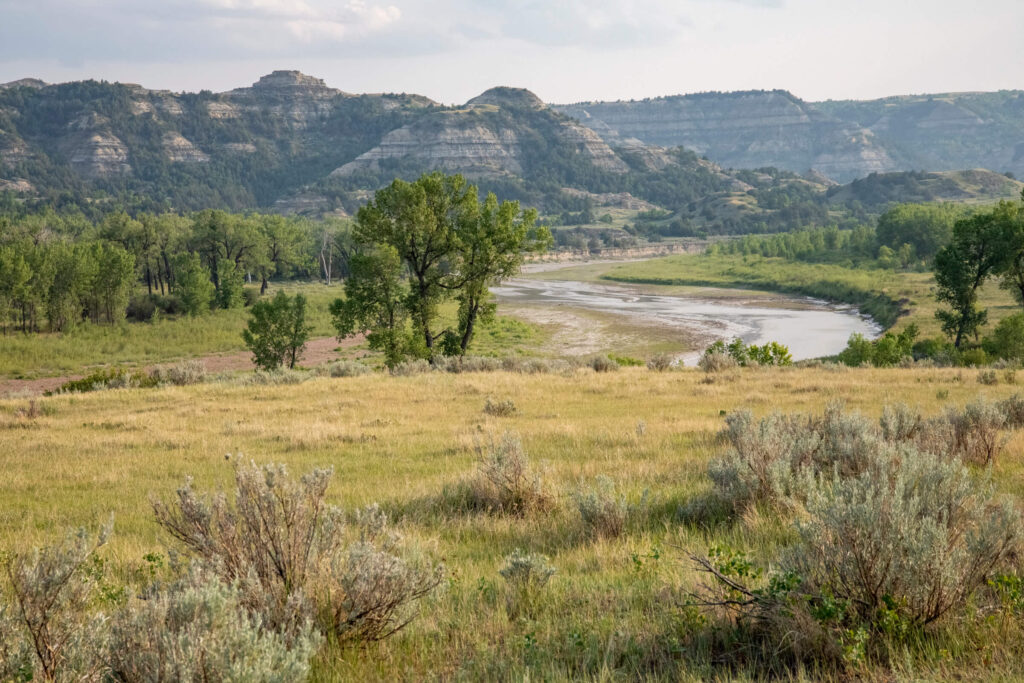
Pets
Pets are allowed in the park, but with certain considerations. Pets are not allowed in park buildings, on trails, or in the backcountry. They must be kept on a leash no longer than six feet at all times. They must never be left unattended. Be aware that pets can agitate wildlife, so be extra cautious.
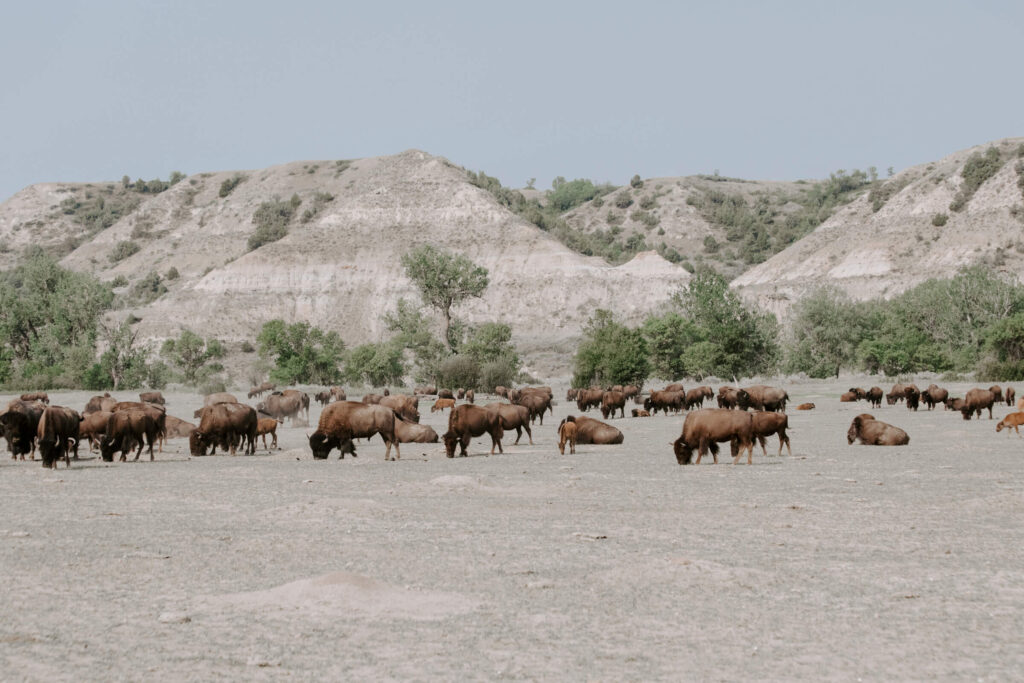
Flora and Fauna
This park is home to countless species of wildlife including bison, wild horses, prairie rattlesnakes, elk, mule deer, pronghorn, white-tailed deer, prairie dogs, and many others. More than 186 different types of birds can be found living or traveling through the park.
There have been over 400 different species of plants identified throughout the park. Wildflowers can be seen from April-September.
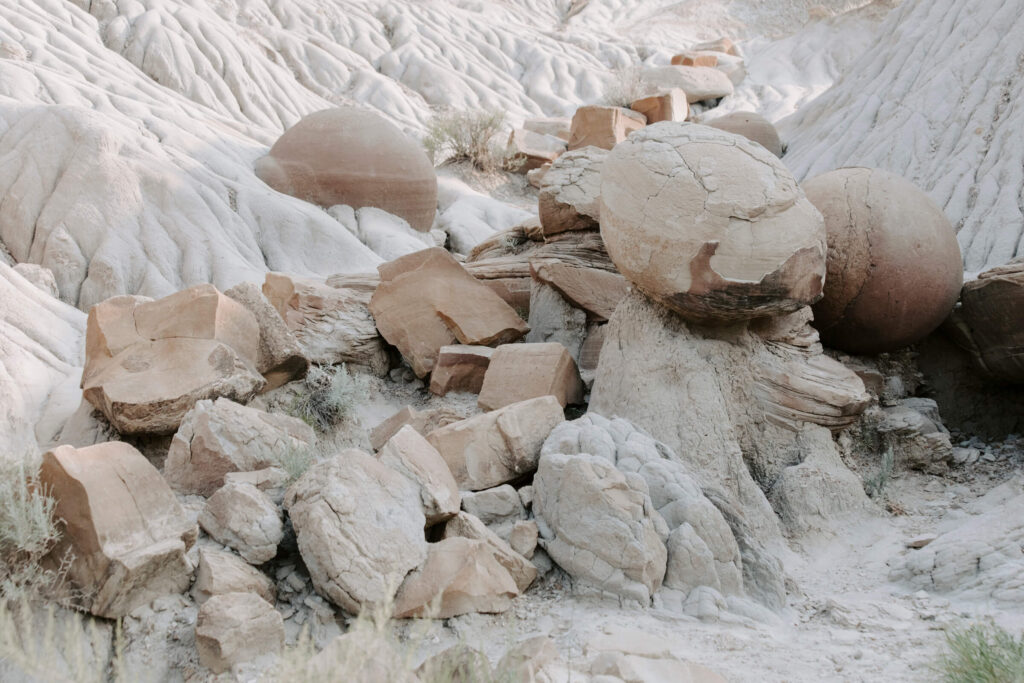
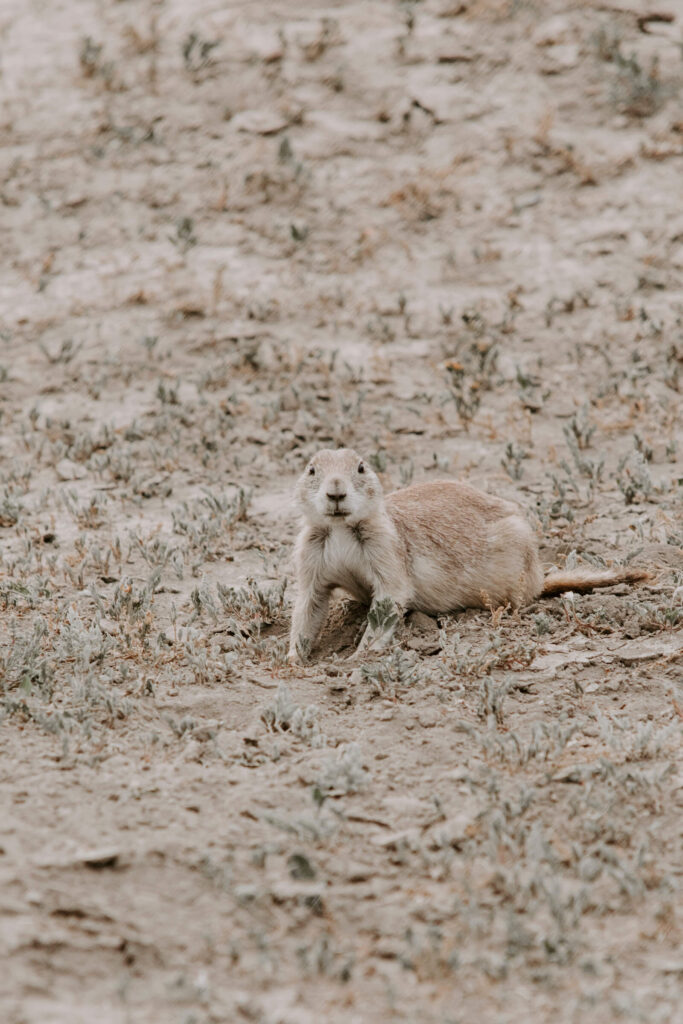
History of Voyagers National Park
Theodore Roosevelt, also known as America’s “Conservation President”, found inspiration in these badlands. He once wrote- “I would not have been President if it had not been for my experiences in North Dakota”. He later went on to protect around 230 million acres of wilderness, with the creation of the National Parks system.
This area was utilized by other cultures as well, long before the arrival of American settlers. Tribes such as the Mandan, Hidatsa, and the Crow, as well as many others, occupied these lands. They found great spiritual significance in the badlands and buttes.
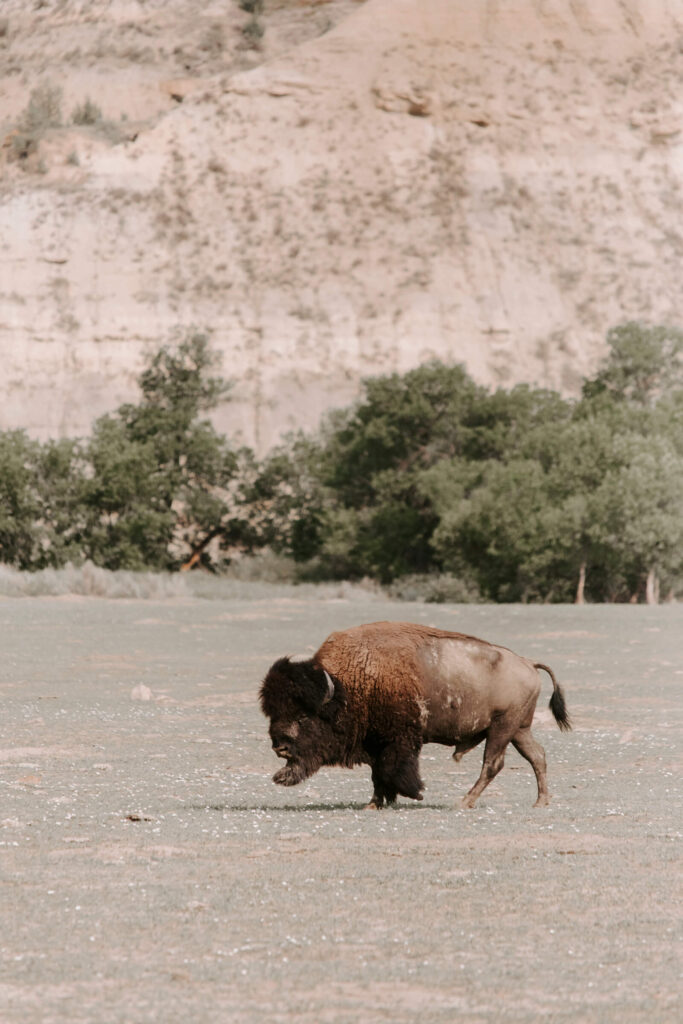
Weather and Climate
Summer’s are warm (with average highs of 70-80 degrees, although when we visited during July it was well over 100 degrees). Winters are cold, with average temperatures reaching single digits. Rain is infrequent, as the park only receives about 15 inches of precipitation a year, but when it does rain, it pours. This park has a relatively dry and windy environment.
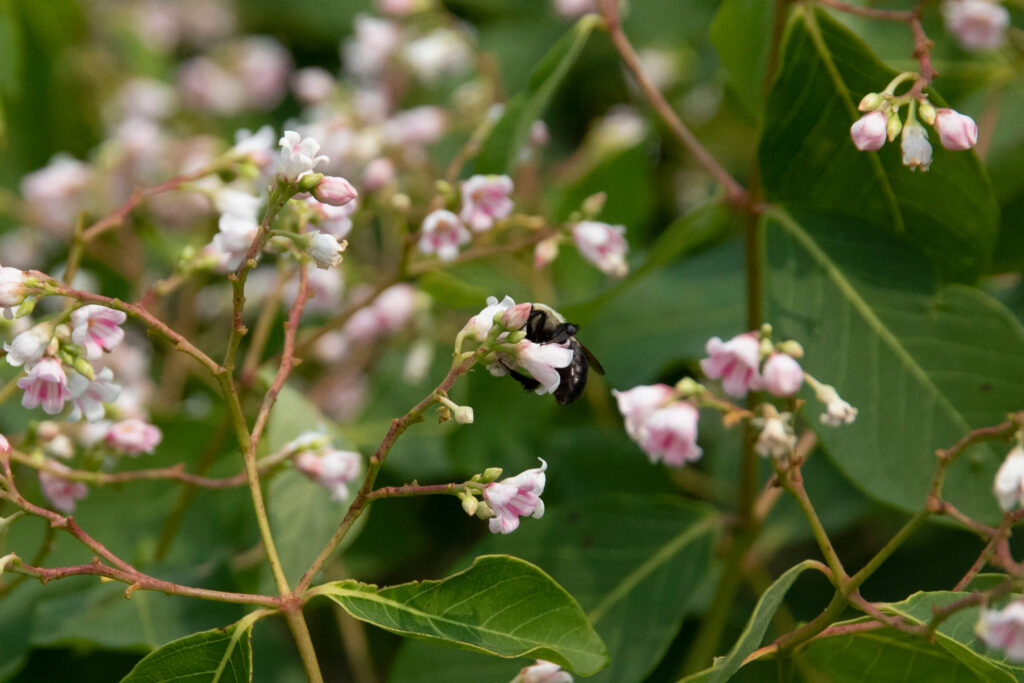
Ammenities
Visitor Center: North Unit Visitor Center can be found near the entrance for the North Unit. Petrified Canyon Visitor Center is located in the southeastern corner of the South Unit.
Picnic Areas: There are picnic areas scattered throughout the park.
Accessibility: The wheelchair-accessible areas of the park include the visitor centers, select campsites in both campgrounds, and a few trails including Skyline Vista Overlook and Boicourt Overlook in the South Unit, and Little Mo Nature Trail in the North Unit.
Restrooms: Pit toilets are located throughout the park.
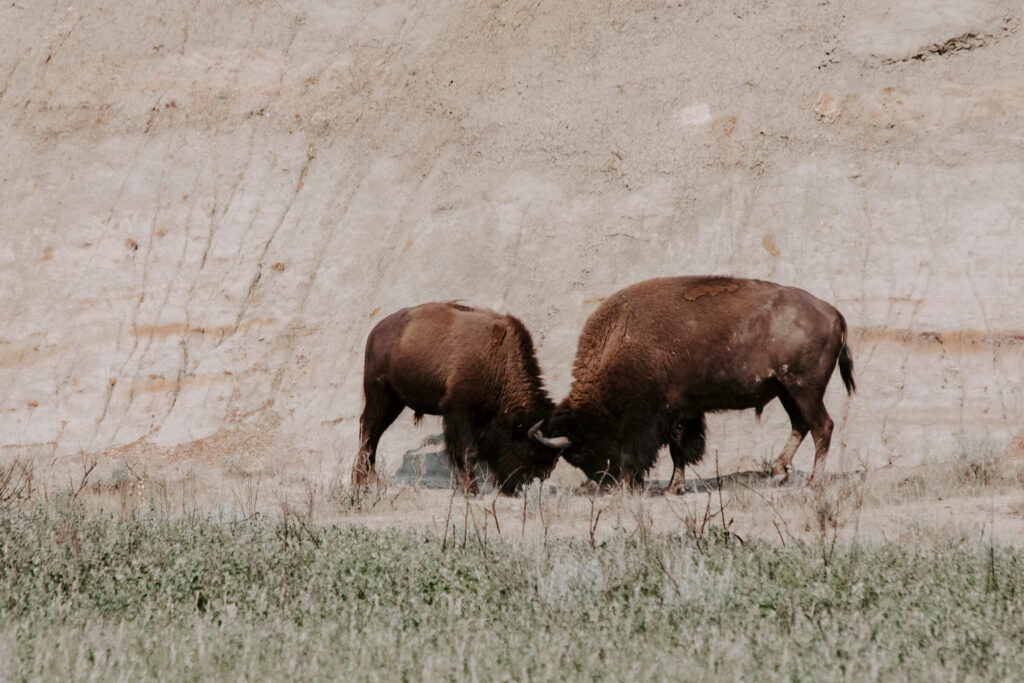
Safety
Fire: Always check fire conditions and updates when visiting an area.
Wildlife: Always view all wildlife from a distance. All animals are wild and unpredictable.
- Rattlesnakes – Rattlesnakes can be found in this park so be mindful of your surroundings and where you are stepping. One caught us off guard during our visit. Luckily it didn’t strike, but it gave us no warning until we were practically on top of it. They don’t always give our warnings, so be careful! Don’t put your hands/feet into places you can’t see.
- Black Widow Spiders – Apply the same precautions as you would with rattlesnakes to avoid negative interactions.
Heat/Dehydration: When we recently visited, a ranger informed us that the #1 reason for ambulance rides in the park was due to dehydration. Always bring more than enough water with you whenever you’re out exploring.
Driving: Be mindful of the winding turns throughout the park and the various wildlife that crosses the roads. I highly recommend not driving at night.
Poison Ivy: Always watch out for poison ivy while hiking in wet areas.
Ticks: If visiting in spring or summer, make sure to consistently check yourself for ticks.
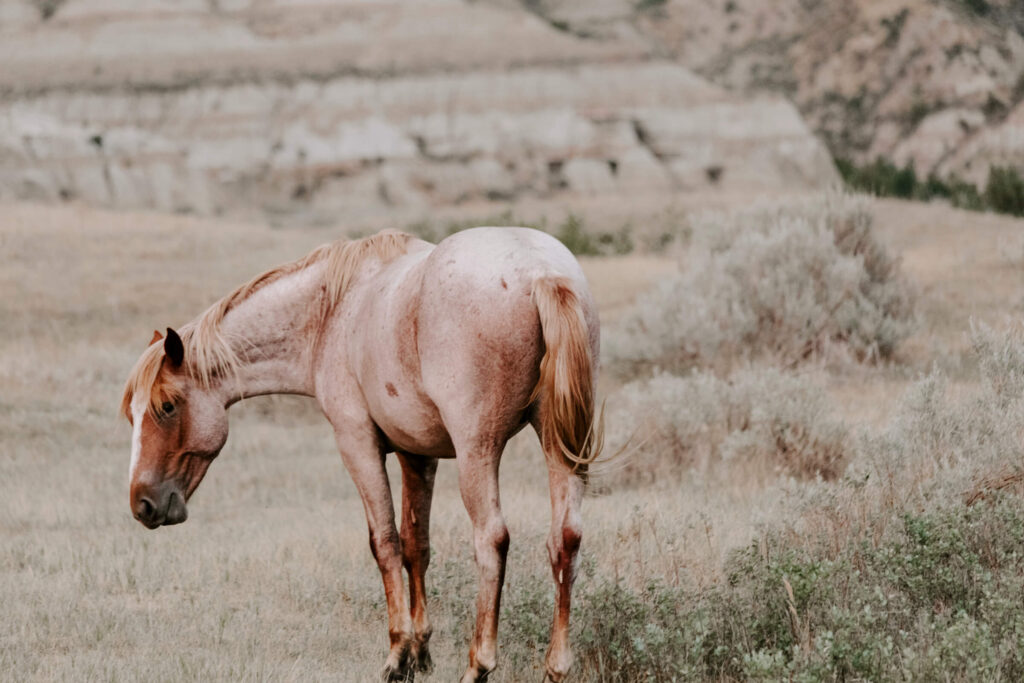
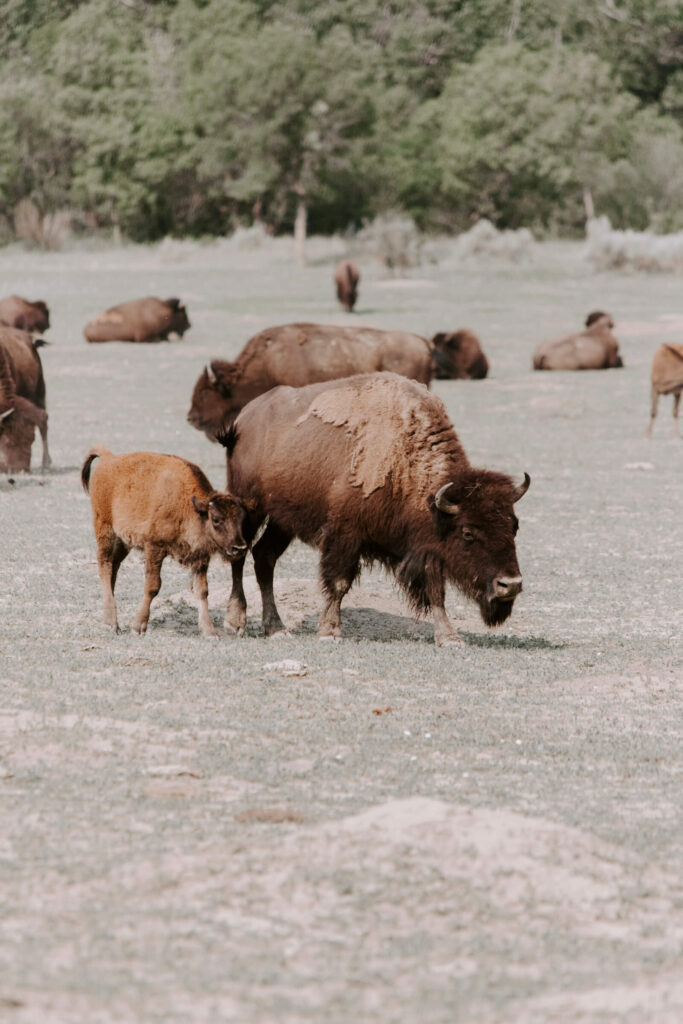
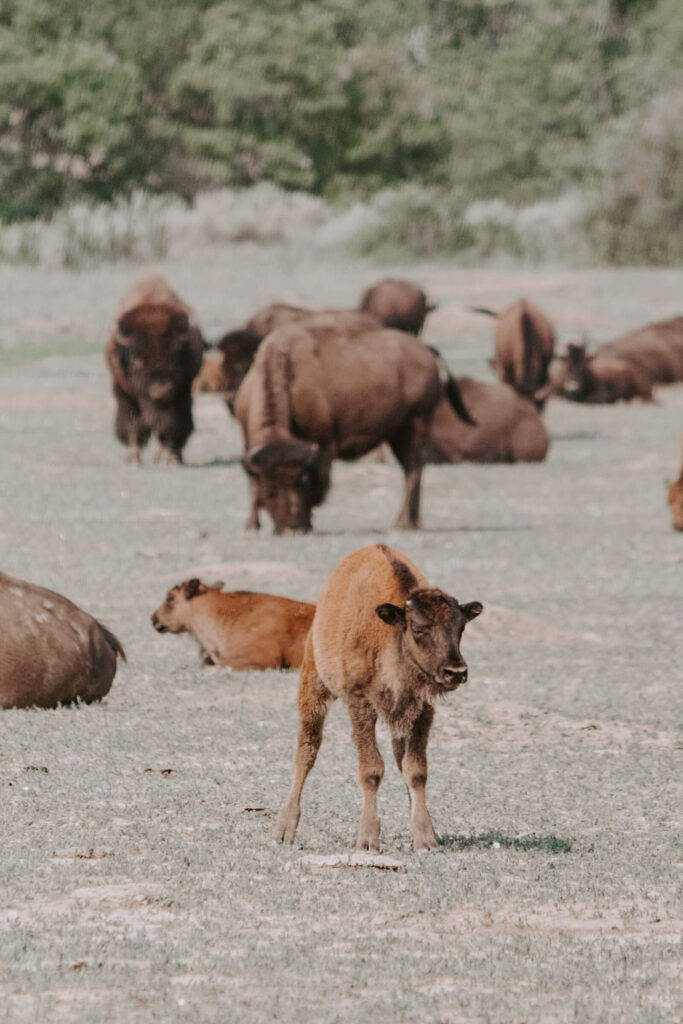
Leave No Trace
Please be respectful of nature and follow the Leave No Trace Principles. It is important to always stay on trails to avoid destroying fragile ecosystems. Take nothing but pictures, leave nothing but footprints.

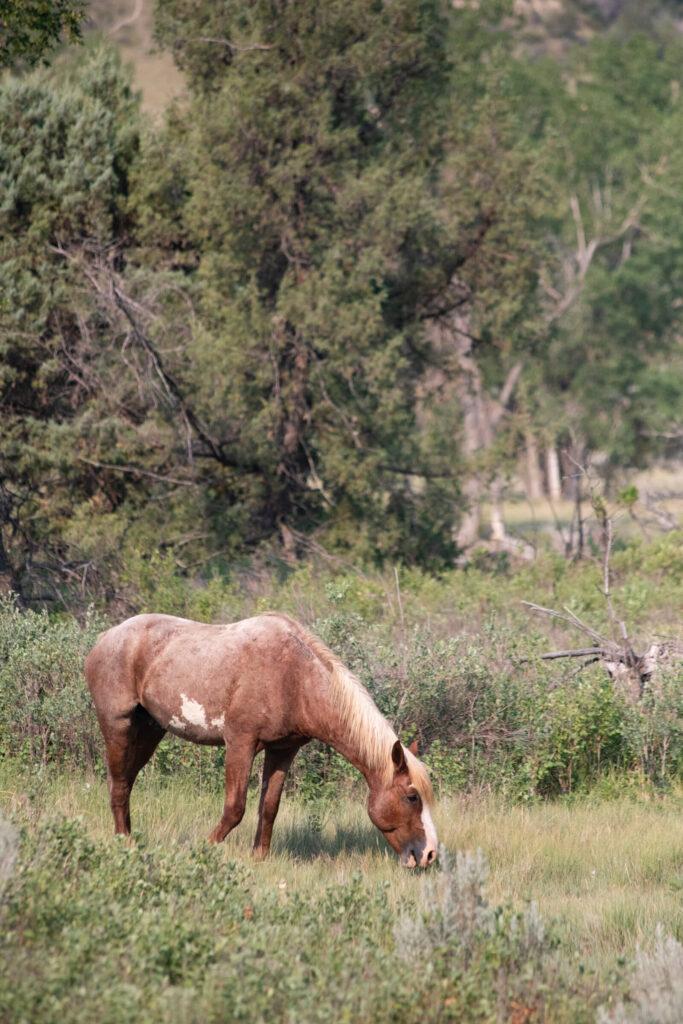
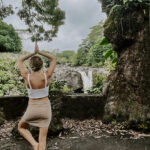
![Eating Vegan in Italy [Rome, Florence, + Venice]](https://bewelltheblog.com/wp-content/uploads/2023/07/Vegan-in-Italy-3-150x150.jpg)
